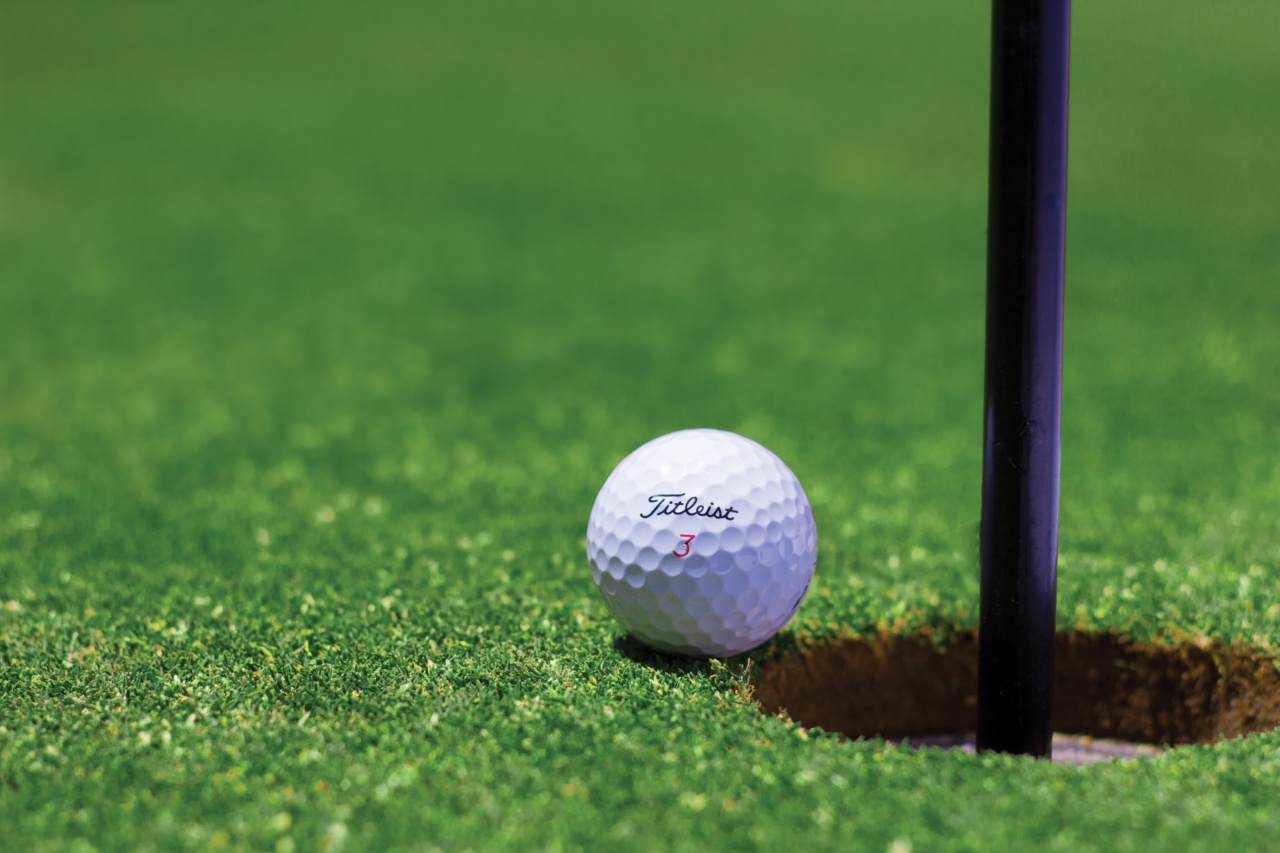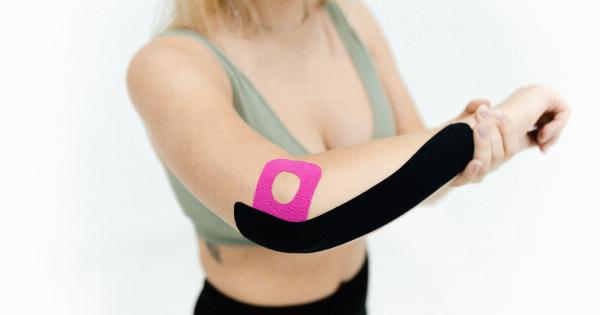Golfer’s elbow, also known as medial epicondylitis, is a condition that affects the tendons in the inner side of the elbow.
This condition is not exclusive to golf enthusiasts, as it can also affect individuals who engage in activities that require repetitive elbow movements such as tennis, gardening, and carpentry. In this article, we will explore the causes, symptoms, and treatment options for golfer’s elbow.
Causes of golfer’s elbow
The main cause of golfer’s elbow is repetitive stress on the tendons that attach to the medial epicondyle, a bony bump on the inner side of the elbow. This stress may result in small microtears in the tendon, causing inflammation and pain.
Activities that require repetitive wrist movements or gripping, such as golfing, tennis, and weightlifting, are common causes of golfer’s elbow. Additionally, any activity that puts repetitive strain on the wrist and forearms can lead to the development of this condition.
Symptoms of golfer’s elbow
The most common symptom of golfer’s elbow is pain and tenderness on the inner side of the elbow, which can also extend down to the forearm and wrist. Pain may increase with activities that require gripping or bending the wrist.
Other symptoms include stiffness in the elbow and weakness in the hands and wrists.
Diagnosis of golfer’s elbow
A doctor can diagnose golfer’s elbow through a physical examination and by taking a medical history. The doctor may also use imaging tests such as X-rays or MRI to rule out other conditions such as arthritis or a fracture.
In some cases, a doctor may also recommend an electromyogram (EMG) or nerve conduction study to check for nerve damage.
Treatment options for golfer’s elbow
Treatment for golfer’s elbow focuses on relieving pain and inflammation and promoting healing. Initial treatment may include rest, icing the affected area, and taking pain medication such as nonsteroidal anti-inflammatory drugs (NSAIDs).
A doctor may also recommend physical therapy exercises to stretch and strengthen the muscles and tendons in the affected area.
In more severe cases, a doctor may recommend a brace or splint to reduce stress on the affected tendon. A corticosteroid injection may also be administered to reduce inflammation and relieve pain.
In rare cases, surgery may be recommended to remove damaged tissue or repair the affected tendon.
Prevention of golfer’s elbow
Preventing golfer’s elbow involves taking steps to reduce stress on the affected tendons.
Individuals who engage in activities that require repetitive wrist movements or gripping should take frequent breaks to rest and stretch their forearms and wrists. Wearing proper equipment and using proper techniques can also help prevent the development of this condition. Additionally, engaging in exercises that strengthen the muscles in the wrists and forearms can also help prevent golfer’s elbow.
Conclusion
Golfer’s elbow is a condition that affects the tendons in the inner side of the elbow and can result from repetitive stress on the affected area.
While it is commonly associated with golfing, it can also affect individuals who engage in other activities that require repetitive elbow movements such as tennis, gardening, and carpentry. Treatment for golfer’s elbow focuses on relieving pain and inflammation and promoting healing, and prevention involves taking steps to reduce stress on the affected tendons.
By understanding the causes, symptoms, and treatment of golfer’s elbow, individuals can take steps to prevent this condition and reduce the risk of developing it.






























